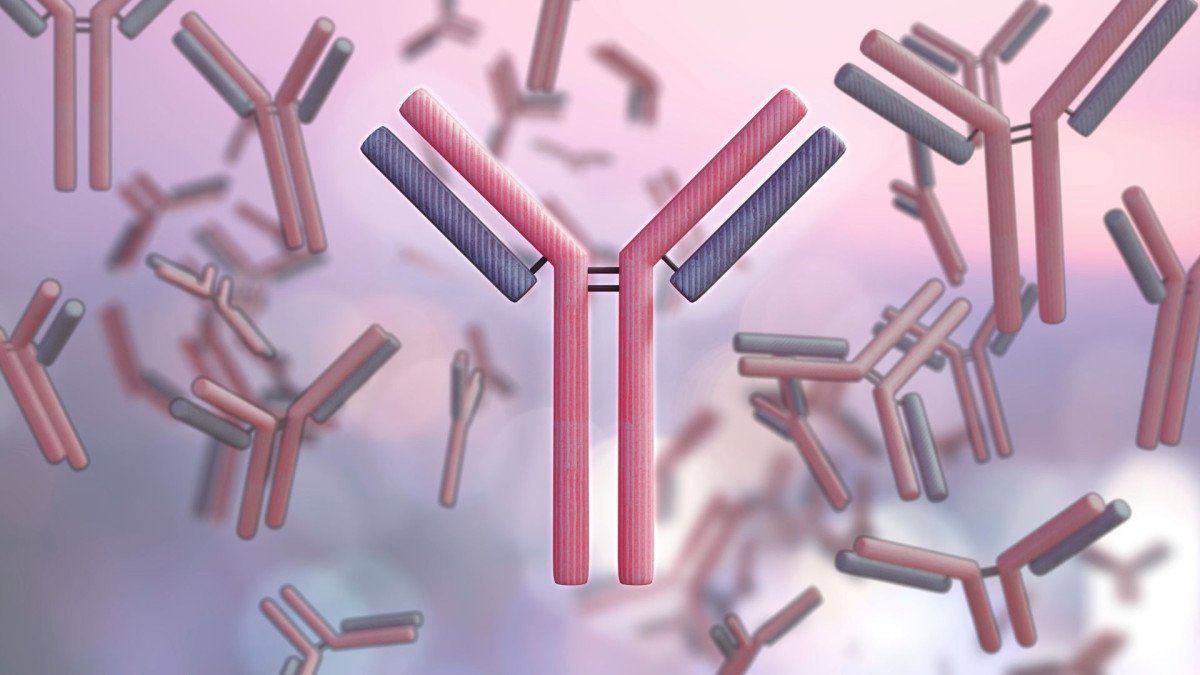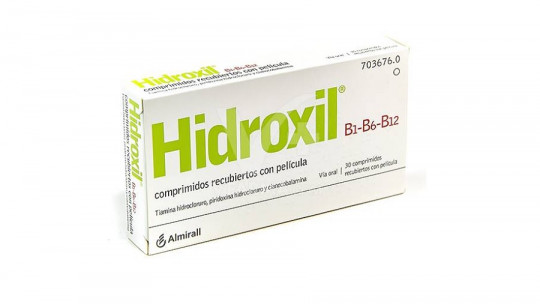In 1976 the film “The Boy in the Plastic Bubble” was released worldwide , a film starring John Travolta that tells the story of a boy who is born without immunological defenses. This deficiency forces him to live his life in strict isolation, within a completely germ-free environment.
Although the plot of this film may seem like pure science fiction, the truth is that it is based on the true story of David Vetter, a boy who spent twelve long years inside an isolation chamber until he finally died. Vetter was born on September 21, 1971 in Houston, United States. His brief and particular life was told in films and documentaries, since his case was not free of controversy and dilemmas on a medical, ethical and psychological level. Although doctors tried to address the disease with a bone marrow transplant using his sister Katherine as a donor, it was not successful. Seven months after starting said treatment, he died.
As we see, The so-called bubble children are not an urban legend, but they really exist. The explanation for his peculiar situation is found in a diagnosis: severe combined immunodeficiency (SCID) This pathology is popularly known as bubble boy syndrome, since patients who suffer from it have a deficiency in defenses that makes them extremely vulnerable when dealing with common infections. This lack of a normal immune system constitutes a serious health problem that is life-threatening from the beginning. In this article we will talk in detail about bubble children, the disease they suffer from and how this condition affects them.
Severe combined immunodeficiency: the pathology behind bubble children
As we mentioned a moment ago, Bubble boy syndrome is the popular name given to the problem of severe combined immunodeficiency To understand exactly how this disease occurs, it is important to first understand how the immune system develops in childhood.
When a baby is born, its immune system begins to be configured from the bone marrow. So-called stem cells can become different types of blood cells, such as red blood cells, white blood cells or platelets. In particular, white blood cells are those that help protect our body from different harmful agents. These can be of various types, highlighting B and T lymphocytes. The first are those that manage to detect and attack invaders.
On the other hand, the latter try to remember previous infections in order to prepare the body if there is a new exposure to them in the future. Severe combined immunodeficiency is so called because it affects both types of lymphocytes This causes the child to have an insufficient number of them or the lymphocytes do not fulfill their role correctly.
If a child lacks an effective immune system, his or her body becomes unprotected against viruses, bacteria, fungi… that endanger his or her health. That is why, when there are suspicions that a child suffers from this disease, preventive measures are immediately taken to try to reduce their risk of getting sick.
This involves interrupting visits from other people (especially those who are sick), avoiding public places and taking intensive care of hygiene measures, such as frequent hand washing. Severe combined immunodeficiency is considered a rare and uncommon disease Generally, this begins to manifest itself through signs such as the following:

Causes of Severe Combined Immunodeficiency
As we already mentioned, Bubble children’s disorder is caused by problems in the functioning of B and T lymphocytes As a general rule, severe combined immunodeficiency is caused by an autosomal recessive inheritance pattern, in which the genes of the mother and father have defects.
Sometimes, the genetic alteration is specifically linked to the X chromosome. In these cases, only boys develop the disease, since girls can compensate for the defect in it if the other X chromosome is normal. In other words, they would have to manifest mutations in their two X chromosomes to have problems in the functioning of their immune system.
As it is a hereditary disease, it is difficult to prevent it. In any case, parents can count on advice and perform genetic tests that allow them to know their situation and make decisions accordingly.
What should be done when a child suffers from Severe Combined Immunodeficiency?
Without adequate intervention, the life expectancy of a child with this disease is very short. Any common infection that is not very relevant to the general population can become life-threatening if the immune system does not work well. This is why early detection of the pathology makes things much easier.
The disease can be detected through a simple blood test Generally, once the existence of the condition is confirmed, the patient is treated by a professional specialized in immunodeficiencies. He or she may request additional genetic testing. In those children who have relatives with the disease, it is possible to do tests during pregnancy to ensure whether they suffer from it or not. By knowing this information before birth, it is easier for the family and professionals to be prepared.
Generally, treatment is based on bone marrow transplantation as early as possible. To this is added an intensive treatment that allows us to combat infections effectively. Marrow transplantation usually provides satisfactory results with compatible or half-compatible donors. Ideally, the siblings should be the ones to offer their donation, although if this is not feasible, an attempt can be made to use the marrow of the parents or a donor outside the family.
The earlier these procedures are, the higher the success rate usually is In addition to these interventions, it is necessary that the adults in the environment adopt a series of precautions:

Gene therapy: a new horizon in the treatment of severe combined immunodeficiency
Marrow transplant has saved the lives of many children with this disease, but it is not without risks and drawbacks. Generally, there is a considerable risk that the patient will reject another person’s cells. Finding compatible donors is not an easy task and this can make the entire process complex.
In recent years, a new treatment has been implemented that allows avoiding the problems associated with bone marrow transplantation This is known as gene therapy and has shown more than positive results. Gene therapy began to be implemented in the United Kingdom and the United States. This consists of extracting stem cells from the child himself in order to add the necessary genetic material in the laboratory so that they can function correctly. By returning these modified cells to the body, they can correctly fulfill their role in fighting infections.
Conclusions
In this article we have talked about the phenomenon of bubble children. The little ones popularly known by this term suffer from a disease known as Severe Combined Immunodeficiency, which prevents them from having an effective immune system when it comes to fighting infectious agents. In this way, viruses, bacteria and fungi become a threat to the lives of these children, who need early treatment to survive.
The concept of a bubble child was used for the first time to refer to the case of David Vetter, a boy who spent the twelve years of his life isolated in a bubble so as not to get sick. Vetter had SCID, but an attempt to treat his disease with a bone marrow transplant from his sister failed and he ended up dying.
Far from being a matter of science fiction, bubble children really exist. This disease we have been talking about is rare and uncommon, but when it happens it can be fatal. Therefore, early detection and treatment are very important. As it is an inherited pathology rooted in genetic mutations, preventing it is complicated However, parents can do genetic studies to find out the risk of their baby suffering from it, especially when someone in the family has this diagnosis.









